The Secret to a Lived-In Home (Hint: It’s Not About Being a Designer)
After years of helping people with their homes, I’ve figured out one simple truth: a genuinely beautiful home has nothing to do with chasing trends or buying a bunch of expensive stuff. Nope. It’s about creating a space that honestly reflects who you are and the life you actually live. So many people get paralyzed right at the start because they see these flawless rooms in magazines and think that’s the goal. To be frank, my job is usually to help them forget that idea entirely.
In this article
- First Things First: Understand the Bones of Your Home
- The Art and Science of Choosing a Color
- Furniture: Curate Your Life, Don’t Buy a Set
- Layout: How to Arrange Furniture for Real Life
- The Magic of Mixing Old and New
- Finishing Touches: Knowing When to Stop
- When to DIY and When to Call for Help
- One Last Thing: Let’s Talk Safety
- Inspirational Gallery
A home should feel collected, not decorated. It should tell your story, not some designer’s.
I’ll never forget one of my early projects. A wonderful family came to me with a binder bursting with photos of stark, minimalist spaces. But their real life? It was warm, wonderfully chaotic, and filled to the brim with kids and pets. They were trying to squeeze themselves into a style that was actively fighting their reality. We tossed the binder. Instead, we just talked—about their weekends, their hobbies, what comfort really meant to them. The final space was still clean and organized, but it was also inviting, durable, and uniquely theirs. That taught me my real job is to be a translator. I translate a family’s life into a physical space, and these are the principles I’ve picked up along the way.
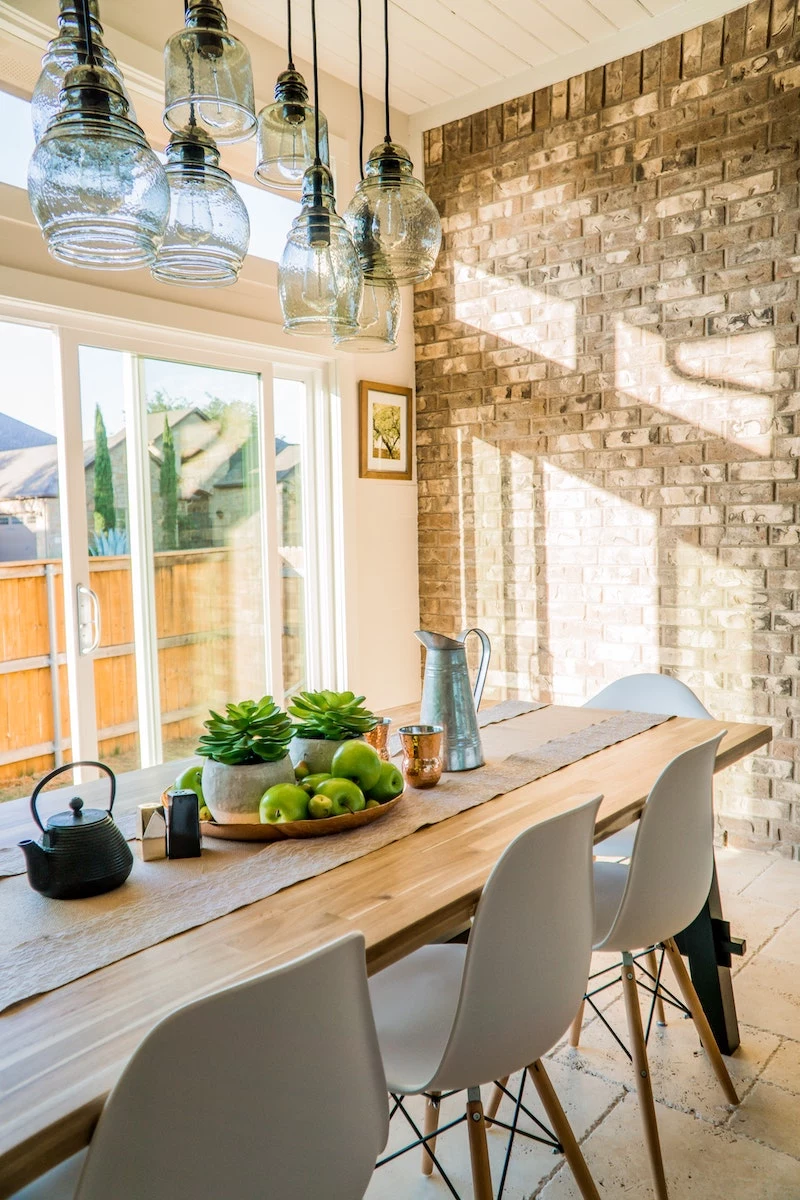
First Things First: Understand the Bones of Your Home
Before you even dream about paint colors or sofas, you’ve got to get to know the room itself. Every space has its own vibe, dictated by its ‘bones’—the architecture, the natural light, and the paths people will walk. Honestly, ignoring this is the number one mistake I see. People try to fight the room instead of working with it.
Read the Room’s Layout and Flow
Start by sketching out a simple floor plan. You don’t need fancy software; graph paper, a tape measure, and a pencil are your best friends here. Measure the room’s dimensions and then mark all the fixed features: doors, windows, fireplaces, you name it. A quick tip: make a little arc to show which way the doors swing open. This simple map is your most powerful tool, I promise.
Now, think about ‘traffic flow.’ Picture yourself walking from the doorway to the couch, or from a chair to the window. These are your main pathways, and they need to stay clear. A good rule of thumb is to keep major walkways at least 30 to 36 inches wide. Jamming a coffee table too close to the sofa creates a bottleneck that instantly makes a room feel cramped. Your little map will help you spot these problems before you throw your back out moving furniture.
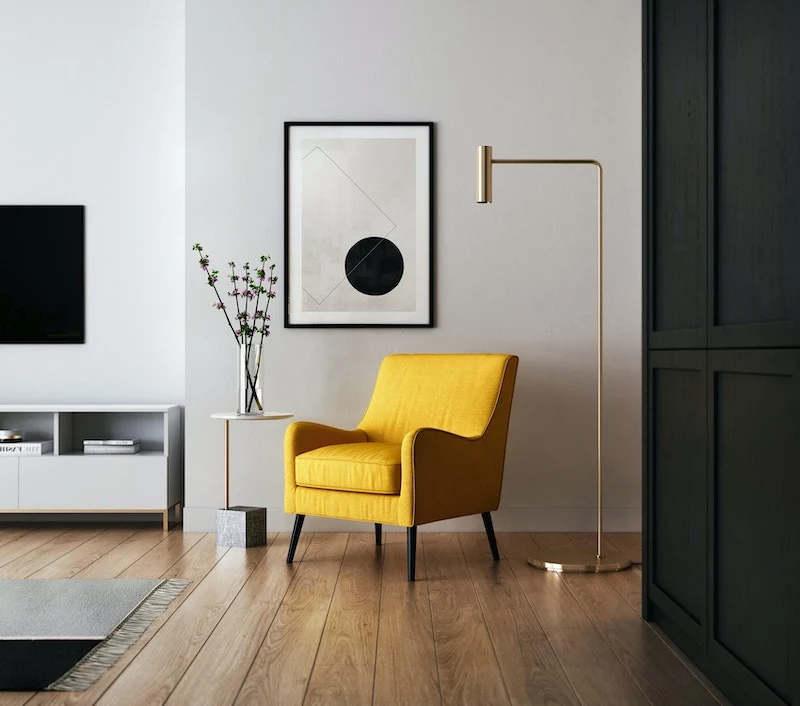
Let’s Talk About Natural Light
Spend a whole day just noticing the light in your space. Where does it come from? When is it brightest? Is it that cool, crisp northern light or the warm, golden southern light? The type of light will totally change how paint colors and fabrics look. That cool gray paint chip that looked so sophisticated in the hardware store can turn into a depressing, chilly blue in a north-facing room. It’s not an optional step; it’s the key to getting your colors right.
The Art and Science of Choosing a Color
Paint is, without a doubt, the cheapest and fastest way to transform a room. But oh boy, it’s also what stresses people out the most. Grabbing a tiny 2-inch paint chip and holding it against the wall is a recipe for disaster. It just doesn’t work.
How the Pros Test Paint (and Avoid Costly Mistakes)
Colors are total chameleons; they change based on light and what’s around them. And by the way, don’t forget to prime your walls! It’s the secret to getting true color in fewer coats, especially if you’re making a dramatic change, like going from dark to light. It’s an extra step, but it saves so much frustration.
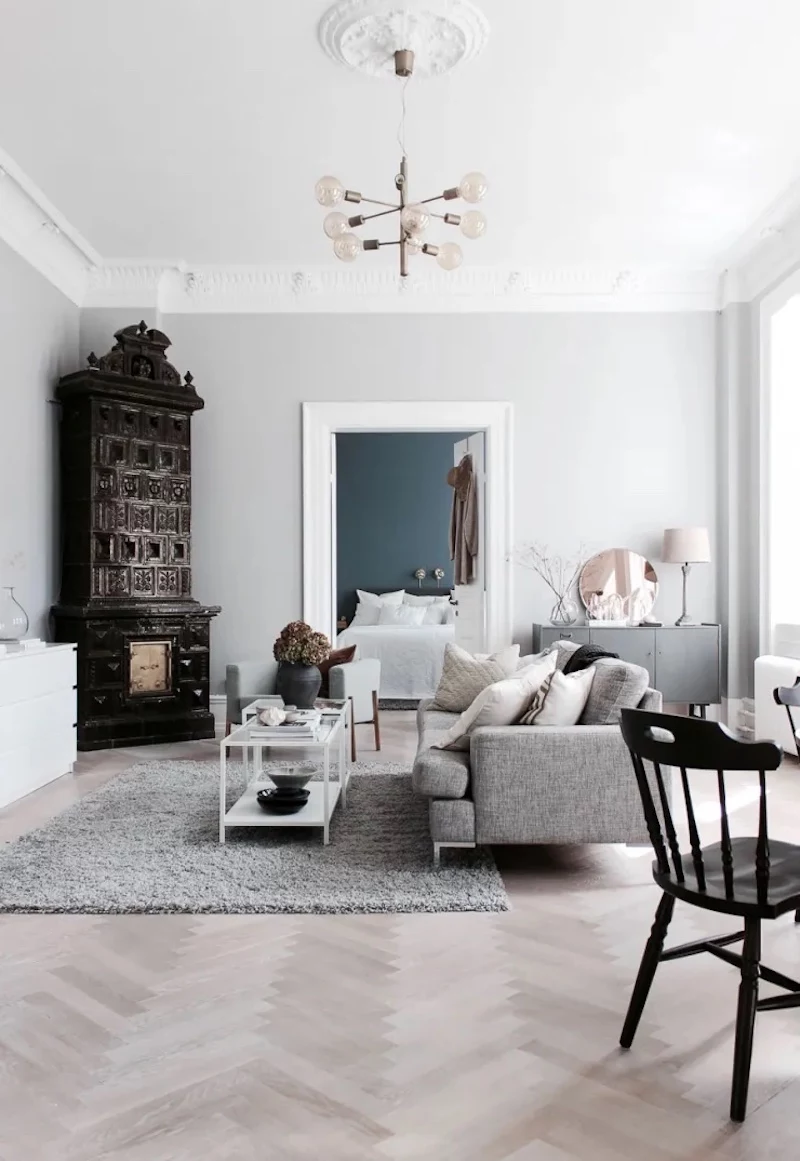
Here’s how to test paint like a pro:
- Get Sample Pots: Never, ever choose a color from a paper chip. Spend a few bucks on sample pots of your top two or three choices. They usually run between $5 and $10, which is a tiny price to pay to avoid a $500 repainting mistake.
- Use Big Sample Boards: Don’t paint swatches directly on your wall. The current color will mess with your perception. Instead, get a couple of large white poster boards for each color. Give them two solid coats and let them dry completely.
- Live With It for 48 Hours: Move your painted boards around the room. Look at them in the morning, at noon, in the afternoon, and at night with the lights on. A color you adore in the bright morning sun might look all wrong in the evening. This takes a little patience, but it’s so worth it.

Understanding Paint Sheen
The finish of your paint (its sheen) is just as important as the color. Using the wrong one can kill the whole vibe.
- Matte or Flat: No shine at all. It’s fantastic for hiding imperfections on older walls and gives a soft, velvety look. The downside? It’s not very durable and tough to clean. Best saved for low-traffic areas like formal living rooms or master bedrooms.
- Eggshell: This is my personal go-to for most walls. It has a tiny bit of sheen, making it way more durable and wipeable than matte. It’s the perfect balance for living rooms, hallways, and most bedrooms.
- Satin: A bit more gloss and even easier to clean. It’s a solid choice for moisture-prone areas like bathrooms and kitchens. Just a heads up, the shine will highlight any bumps or dings on your walls.
- Semi-Gloss & High-Gloss: Super shiny and tough as nails. These are almost exclusively for trim, doors, and cabinets. The shine provides a crisp, clean look and can handle a ton of wear and tear.
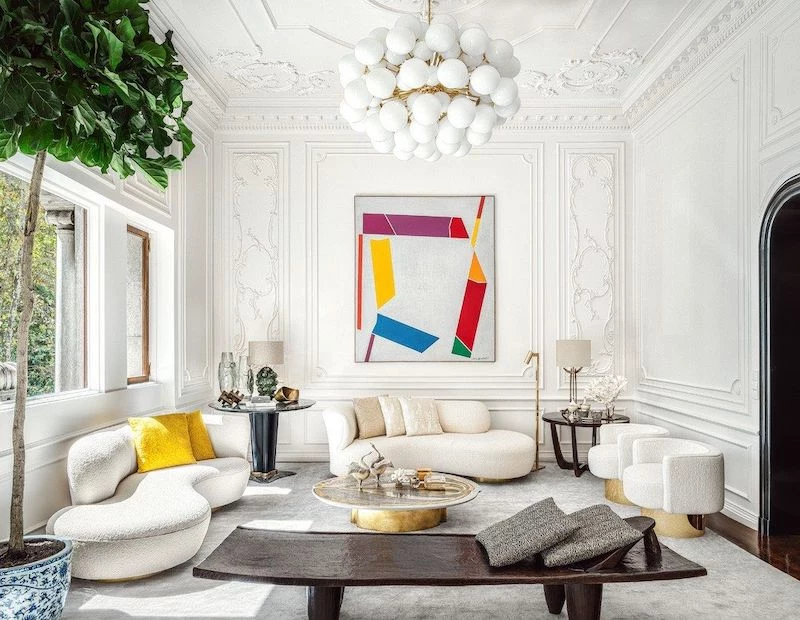
Furniture: Curate Your Life, Don’t Buy a Set
It’s so tempting to walk into a big furniture store and just buy the perfectly matched five-piece living room set. It feels easy, right? It’s also the fastest way to a room with absolutely zero personality. An interesting, authentic room is built over time, with pieces that have a story.
Ditch the Matching Set Mentality
A room where every wood finish is the same and all the fabrics match feels flat. It has no depth. Instead, think of your furniture as a ‘family’—the pieces should relate to each other, but not be identical twins. You can do this by mixing materials (wood, metal, glass, different fabrics) and making sure the scale of your pieces works together. A delicate side table looks silly next to a giant, overstuffed armchair, you know?
Where to Splurge and Where to Save
You don’t need to spend a fortune on every single item. The trick is to put your money where it counts: on the pieces that get the most use and abuse.
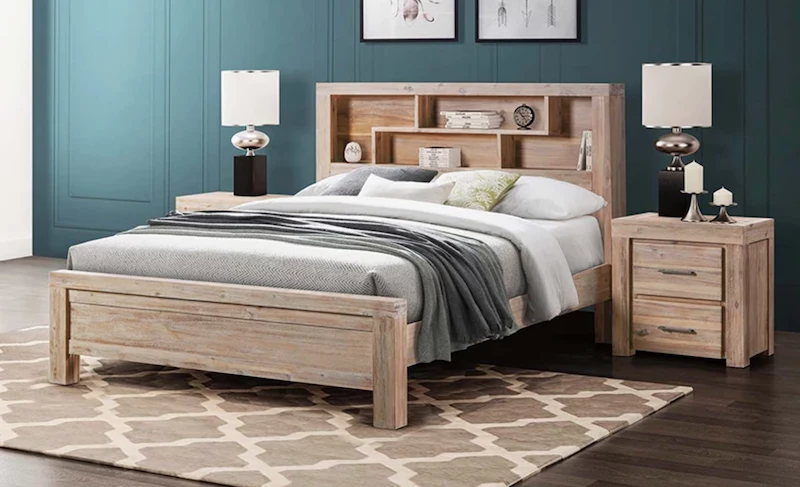
Where to Invest:
- Your Sofa: This is the workhorse of your living room. A quality sofa is a real investment, so expect to pay $1,500 or more for a new one with a solid frame. Anything under $800 is likely made with cheap materials that will sag or break within a couple of years. Look for a kiln-dried hardwood frame. Quick tip: Try the ‘lift test’ in the store. Grab one front corner of the sofa and lift it about six inches off the floor. If the other front leg lifts too, the frame is solid. If it twists or stays put, the frame is weak. It’s a game-changer!
- Your Bed and Mattress: You spend a third of your life here. This is non-negotiable for your health.
- Dining Chairs: These get a surprising amount of wear. Flimsy chairs become wobbly and unsafe fast.
Where to Save:
- Side Tables & Coffee Tables: These are fun pieces that don’t need to be super robust. Check out places like Facebook Marketplace, local consignment shops, and flea markets for amazing deals.
- Decorative Stuff: Pillows, throws, and lamps are the perfect place to play with trends without a big financial commitment.
- Rugs: While a hand-knotted wool rug is gorgeous, there are tons of durable and stylish options in natural fibers like jute or sisal that won’t break the bank.
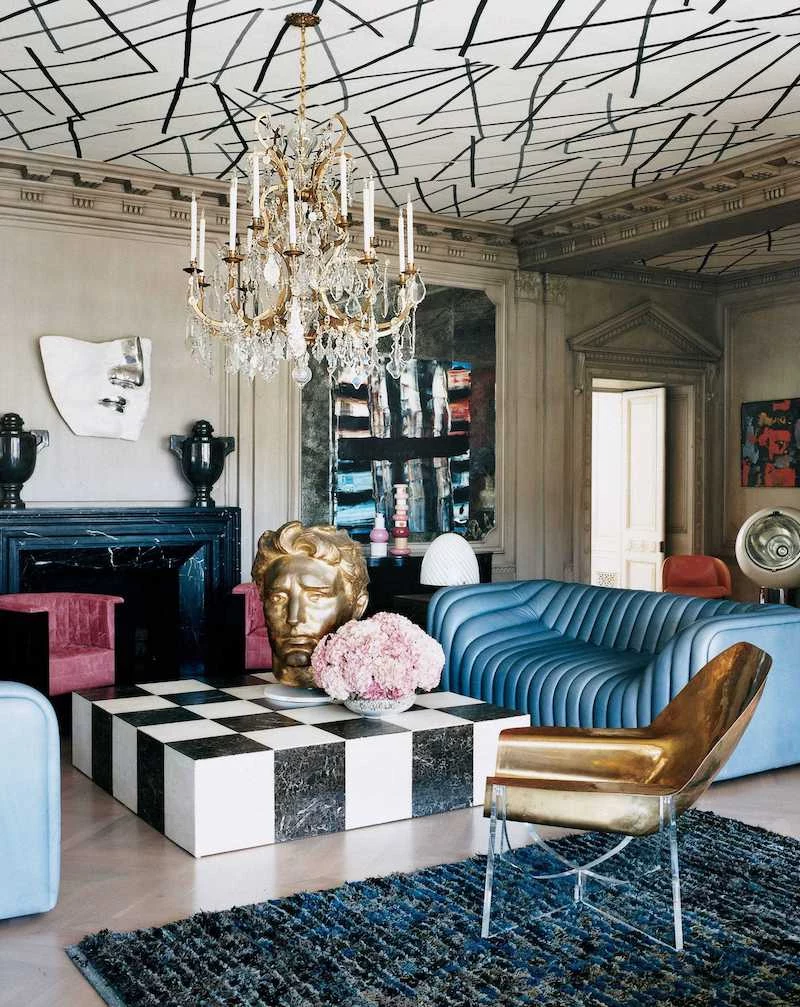
Layout: How to Arrange Furniture for Real Life
One of the most common rookie mistakes is pushing all the furniture against the walls. It seems like the safe thing to do, but it creates a dead, awkward space in the middle of the room—a ‘no-man’s-land.’ Unless your room is genuinely tiny, pulling your furniture off the walls will actually make it feel bigger and way more inviting.
For most rooms: Try ‘floating’ your main seating. This creates a cozy, intimate zone that’s perfect for conversation. For example, a ‘before’ might be: sofa on the long wall, chairs on the short walls, and an empty void in the middle. The ‘after’ is: pull the sofa off the wall by a couple of feet, and arrange the chairs to face it, creating a U-shape. Aim for about 18 inches between the sofa and coffee table—close enough to set down a drink, but far enough for your legs.
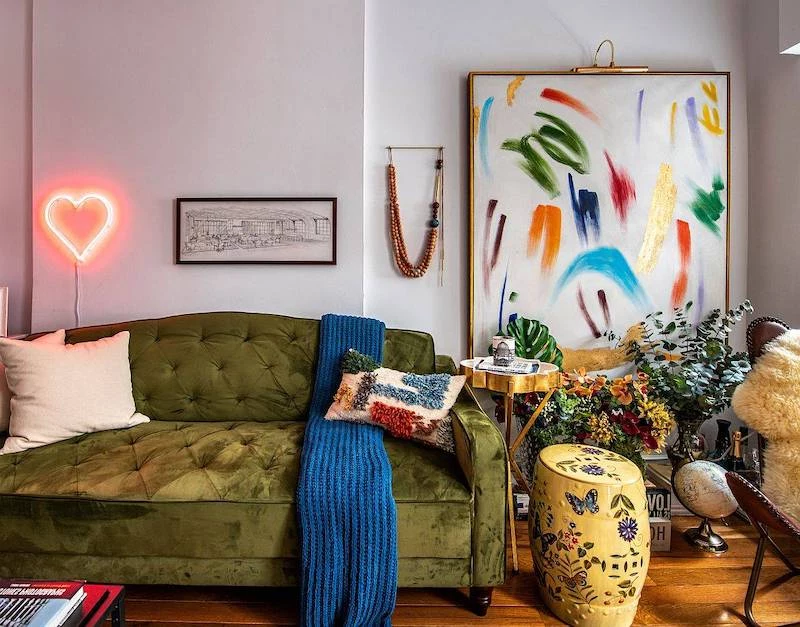
A note for small spaces: Okay, if you’re in a small apartment, you might have to push your sofa against the wall. That’s totally fine! The trick is to create a sense of space in other ways. Choose furniture with visible legs (a ‘leggy’ sofa or armchair) so you can see the floor underneath. This creates an illusion of more space. Using mirrors and glass or acrylic tables also helps a small room feel much lighter and more open.
The Magic of Mixing Old and New
A room full of only brand-new things can feel sterile, like a hotel. A room of only antiques can feel like a dusty museum. The real magic is in the mix. An older piece—a hand-me-down chest of drawers, a vintage lamp—brings history and soul into a space. It tells a story.
Don’t be afraid of contrast! A rustic farm table can look amazing with sleek, modern chairs. A contemporary sofa comes alive with pillows made from vintage fabric. This is how you build a layered, timeless space that is 100% you.
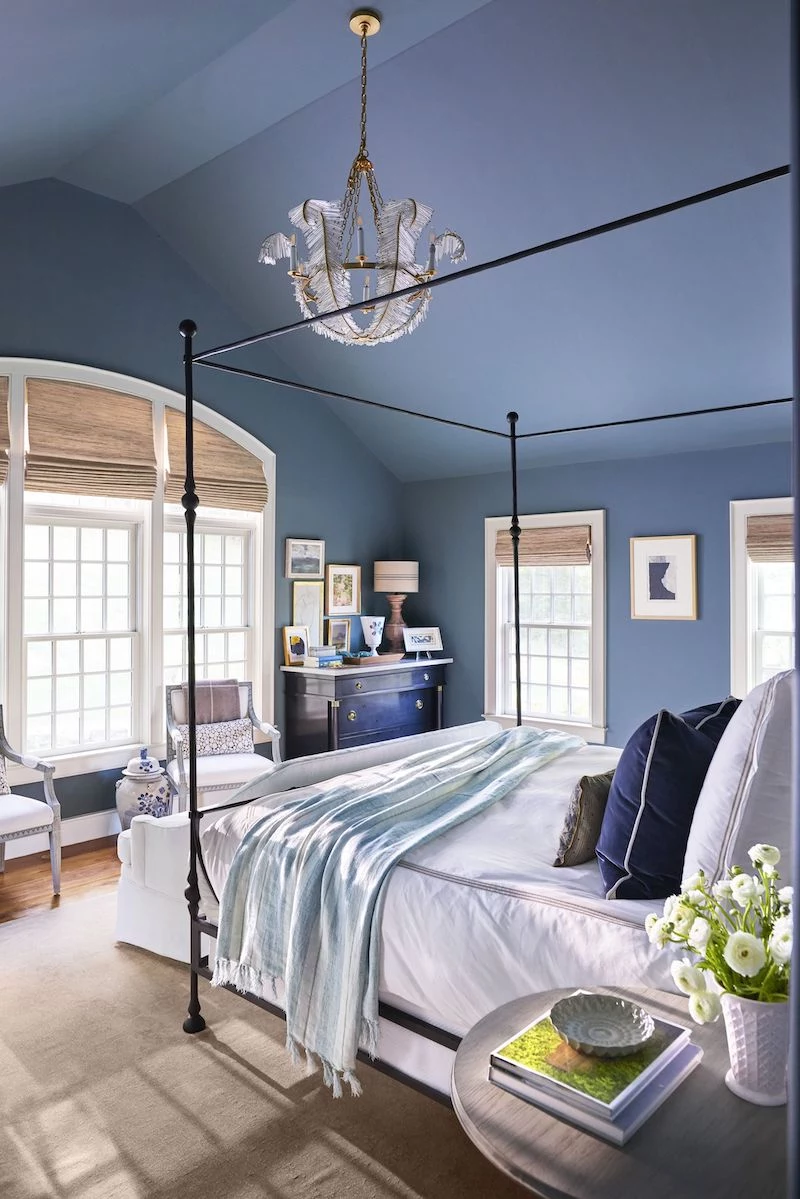
Your challenge: This week, go to a local thrift store or flea market with a mission. Find one item with some history for under $20—a small wooden box, a cool brass frame, a quirky ceramic piece. See how it instantly adds a layer of soul to your room.
Finishing Touches: Knowing When to Stop
The final layer—art, lighting, plants, personal objects—is what makes a house a home. But this is also where it’s easy to go overboard and create visual clutter. Good design is often about what you take away.
Once you think a room is done, try this little exercise. Take one accessory out. Does the room feel better, calmer? Or does it feel like something’s missing? Be honest. We often over-accessorize because we’re afraid of empty space, but that ‘breathing room’ is what lets your favorite pieces truly shine.
Oh yeah, and a quick word on hanging art. Please don’t hang it too high! Art should relate to human scale, not the ceiling. A rule used in galleries everywhere is to hang art so its center is about 57-60 inches from the floor—average eye level. If you’re hanging it over a sofa, leave about 6-8 inches of space between the bottom of the frame and the top of the sofa. This makes them feel connected.
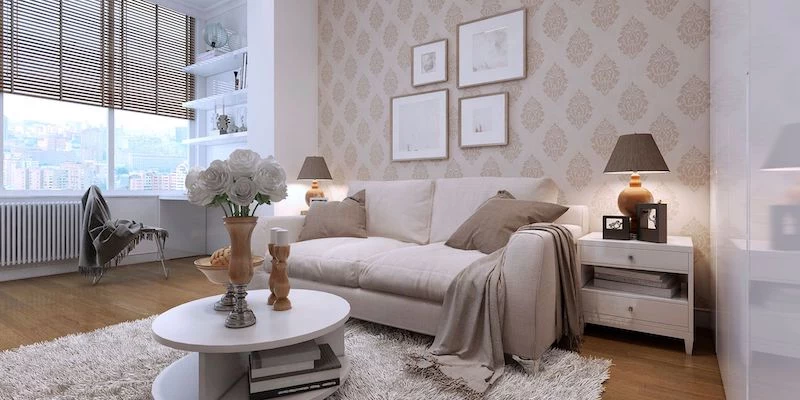
When to DIY and When to Call for Help
You can and should tackle a lot of this yourself! It’s incredibly rewarding. But there are definitely times when calling a pro is the smartest (and cheapest, in the long run) move.
You’ve got this for painting, choosing furniture, and arranging decor. But please, call a professional for:
- Major Renovations: Moving walls, plumbing, or major electrical work involves building codes, permits, and serious safety issues. Pros work with licensed contractors for a reason. Don’t try this at home.
- Awkward Layouts: If you have a really weirdly shaped room and are stumped, a designer can often see solutions you’d miss, saving you from buying furniture that just won’t work.
- Custom Work: For anything built-in or bespoke, you need someone with technical know-how and trusted connections to craftspeople.
One Last Thing: Let’s Talk Safety
A beautiful home must be a safe home. This is the part of design that isn’t glamorous, but it’s the most important. Heads up!
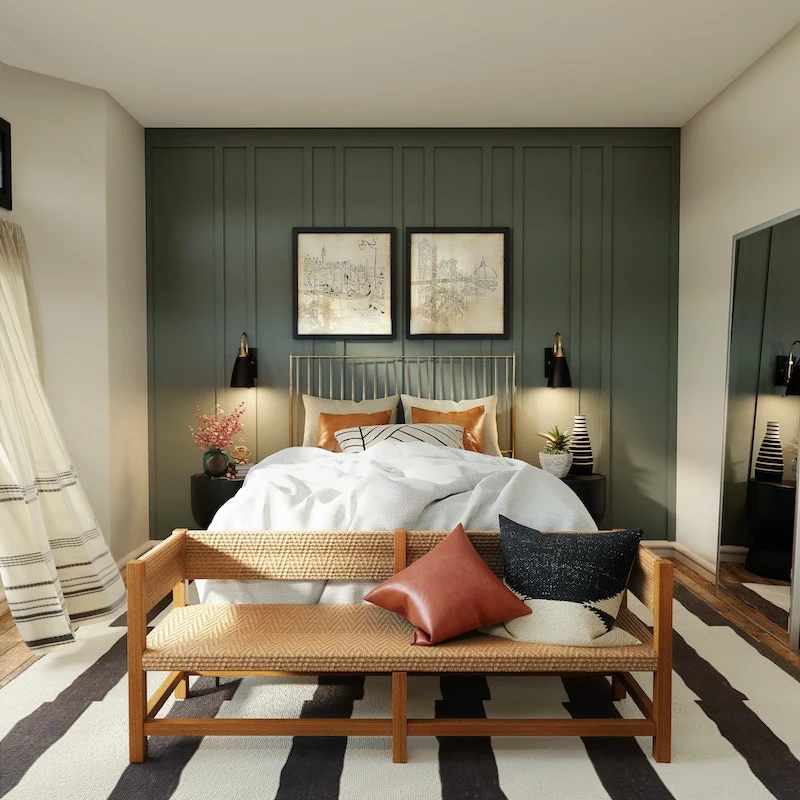
- Anchor Your Furniture: Tall, heavy pieces like bookshelves and dressers are a serious tipping hazard, especially with kids around. Always use the anti-tip kits they come with. This is a non-negotiable safety step.
- Rug Safety: A slippery rug is a major trip hazard. Always use a good-quality rug pad underneath. It prevents slips and helps your rug last longer.
- Electrical Smarts: Don’t overload circuits. And if you’re installing a new light fixture, hire a licensed electrician. Faulty wiring is no joke and not worth the risk.
Creating a home you truly love is a journey, not a weekend project. It will change and grow right along with you. Be patient, choose things that make you happy and work for your life, and build it piece by piece. Before you know it, your home will be more than just a place with nice things—it’ll be a perfect reflection of you.
Inspirational Gallery
Don’t underestimate the power of your home’s unique scent. Beyond how a room looks, its aroma creates a powerful, immediate sense of place and memory. Instead of a generic air freshener, find a signature fragrance that feels like you. It could be a specific candle with notes of cedar and leather, like Diptyque’s ‘Feu de Bois’, or simply a vase of fresh eucalyptus on the entryway table. This invisible layer is the final touch that makes a space truly personal.
- A gallery wall that tells a story, not just a color story.
- Furniture rearranged to invite conversation, not just to fill a corner.
- Bookshelves that hold memories, not just perfectly-aligned spines.
The difference? Prioritizing feeling over formula. The most memorable homes are the ones where you can feel the personality of the people who live there, long after you’ve left.
The Wrong Question:
The Japanese concept of Wabi-Sabi celebrates the beauty of imperfection, transience, and incompleteness.
In a home, this means embracing the chip on your favorite mug, the patina on a vintage brass tray, or the subtle wear on a beloved wooden table. These aren’t flaws to be hidden; they are marks of a life being lived, adding a layer of soulfulness that brand new items can’t replicate.
How do I mix furniture from different styles and eras without it looking like a chaotic thrift store?
The secret is to create a common thread that ties disparate pieces together. Don’t worry if your grandmother’s ornate side table is next to a modern sofa. Instead, find a unifying element. This could be a consistent color palette (painting an old piece to match a new one), a similar material (repeating brass accents on lamps, legs, and frames), or even a shared silhouette (echoing a curve from a chair in the shape of a mirror). This visual link allows each piece to keep its character while contributing to a cohesive whole.
Your home’s story isn’t just in its big furniture pieces. It’s in the small things, curated with love. Here’s how to display them with intention:
- Frame the Unexpected: Don’t just frame art. A beautiful menu from an anniversary dinner, a child’s first scribble, a vintage postcard, or a swatch of meaningful fabric can become deeply personal art. Services like Framebridge make it easy to custom-frame almost anything.
- Group by Theme, Not Type: Instead of a shelf of just vases, create a small vignette. A collection of smooth stones from a beach trip, a favorite scented candle, and a small framed photo together tell a much richer story.
- Rotate Your Treasures: A lived-in home evolves. Keep a small collection of personal objects in storage and swap them out seasonally. This keeps your displays feeling fresh and allows you to relive different memories throughout the year.
A study published in the Journal of Environmental Psychology found that simply having plants in a room can help reduce stress and increase attentiveness.
This is the core of biophilic design: the idea that connecting with nature indoors is essential for our wellbeing. It’s more than just a fiddle-leaf fig in the corner. Think about maximizing natural light, using materials like unvarnished wood and linen, and choosing plants that suit your home’s light and your lifestyle. A trailing pothos on a high shelf or a pot of herbs on the kitchen windowsill actively makes your space healthier and more alive.
The Furniture Set Trap: Buying a matching 5-piece bedroom or living room set. It’s an instant way to make a room feel generic and impersonal, like a hotel room catalog.
The Collected Approach: Mix and match. Pair a modern sofa from a brand like Article with a vintage coffee table you found at a flea market. Use mismatched nightstands. The variety in texture, age, and style is what creates visual interest and tells a story of a home assembled over time, not purchased in an afternoon.
Important point: A home needs layers of light. Relying on a single, harsh overhead fixture is one of the most common mistakes in creating a warm atmosphere. Think of lighting in three layers: ambient (the general, soft glow from ceiling lights or large lamps), task (focused light for reading or cooking, like an Anglepoise desk lamp), and accent (a soft spotlight on art or a plant). A room with all three is functional, inviting, and full of dimension.
Before buying new decor, try the ’30-Day Shuffle.’ Simply shop your own home. Move that small lamp from the bedroom to the entryway bookshelf. Swap the living room rug with the one in your office. Bring that forgotten chair out of the corner. Living with the change for a few weeks will give you a fresh perspective and might solve a design dilemma without spending a dime. It’s the ultimate sustainable and personal design trick.










